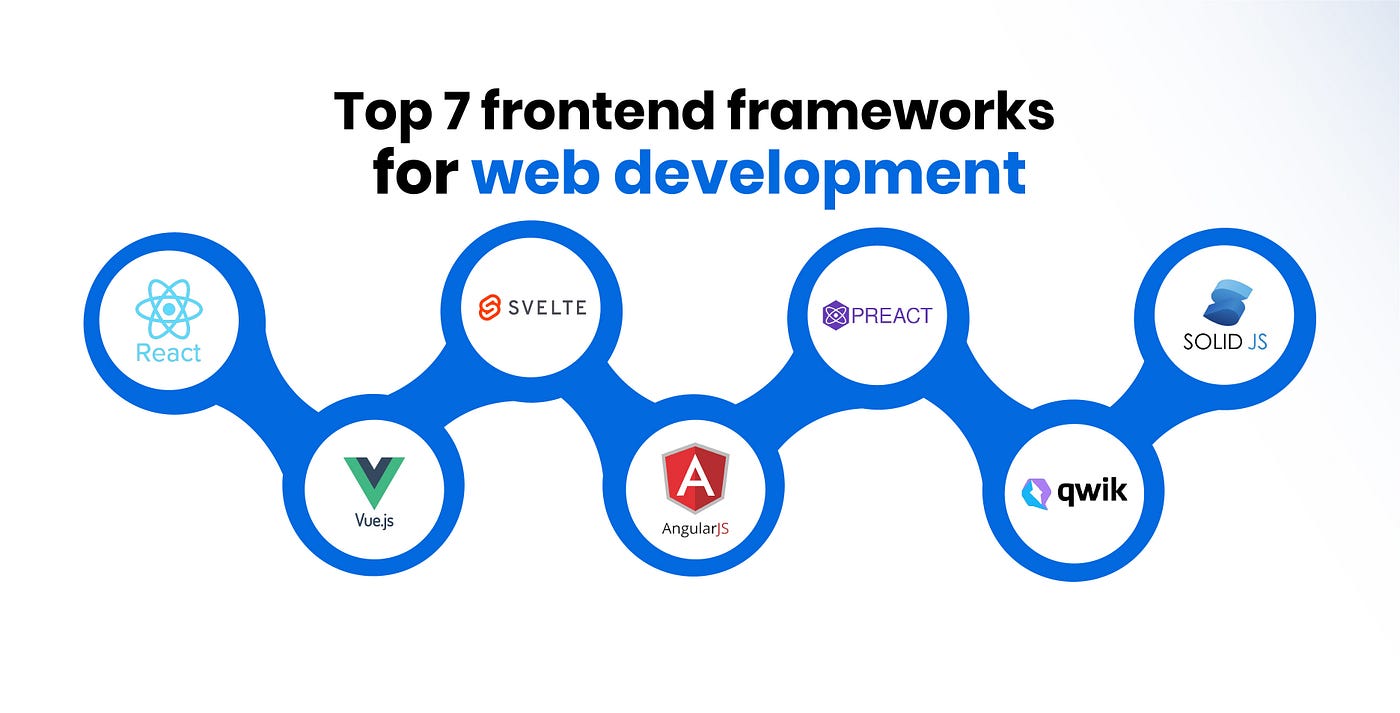
1. React
Backed by Meta and powering major apps like Instagram and Airbnb, React offers unmatched flexibility and a mature ecosystem. React Server Components and the adoption of Hooks make it both modern and scalable.
🔥 Most Popular2. Vue.js
Simple, progressive, and developer-friendly — Vue 3 now includes Composition API, reactive components, and TypeScript support. Perfect for small-to-mid projects with fast development cycles.
✅ Great for Beginners3. Svelte
Svelte compiles components to pure JavaScript. It's extremely fast and ideal for interactive dashboards, widgets, and mobile web apps. No virtual DOM makes it lighter than competitors.
⚡ Super Fast4. Next.js
Built on top of React, Next.js offers hybrid rendering (SSR & SSG), API routes, and file-based routing. Used by Vercel, Twitch, and Shopify for scalable, SEO-friendly web apps.
🧰 Fullstack Ready5. Astro
Astro uses partial hydration and ships near-zero JavaScript. A dream choice for blogs, documentation sites, and marketing pages focused on speed and SEO.
🚀 Best for Static & SEO6. SolidJS
With fine-grained reactivity and performance exceeding React in many benchmarks, SolidJS is ideal for developers looking for a modern, scalable, reactive UI framework.
🌱 Rising Star7. Qwik
Qwik enables instant-loading web apps with resumability. It’s built for performance-first development, ideal for ecommerce, landing pages, and core web vitals compliance.
⚙️ Performance FirstIn summary, React and Vue remain industry staples, while tools like Svelte, Astro, and Qwik offer blazing speed and developer joy. For enterprise-ready apps, Next.js and SolidJS bring scalability and innovation. Choose the stack that aligns with your goals, and don’t be afraid to experiment!
← Back to Blog List